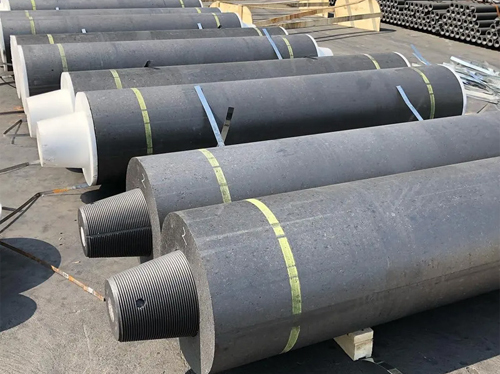
Graphite electrodes are commonly used in various industries, such as steel production, to provide heat through electrical conductivity. However, as a thermal insulation material, graphite electrodes may have limited sustainability potential.
To evaluate if graphite electrodes can be considered a sustainable alternative for thermal insulation, we need to consider several factors.
Firstly, sustainability is often assessed based on the environmental impact of the material throughout its lifecycle. Although graphite is a naturally occurring mineral, the extraction and processing of graphite can have environmental consequences. Mining operations can lead to habitat destruction, water pollution, and emission of greenhouse gases. Moreover, the high energy requirements for processing graphite into electrodes contribute to the carbon footprint of the material.
Secondly, the use of graphite electrodes as thermal insulation should be compared to existing insulation materials in terms of energy efficiency and environmental impact. Graphite’s thermal conductivity is relatively high compared to other insulating materials, such as fiberglass or mineral wool. This means that graphite may not provide the same level of thermal insulation as these alternatives, which could result in higher energy consumption for heating or cooling. Higher energy consumption leads to increased greenhouse gas emissions, reducing the sustainability of the overall system.
Additionally, the durability and recyclability of graphite electrodes play a significant role in determining their sustainability. If the electrodes have a short lifespan and need frequent replacement, it can result in increased waste generation and resource consumption. Furthermore, if graphite electrodes are not readily recyclable, their disposal could contribute to landfill accumulation and environmental pollution.
It is worth noting that the use of graphite electrodes as thermal insulation might have specific applications where its unique properties make it a suitable choice. For example, graphite electrodes may be used in high-temperature applications where the benefits of its electrical conductivity outweigh the drawbacks. In such cases, the sustainability evaluation should consider the overall system and the trade-offs between different aspects, such as energy efficiency and material recyclability.
While graphite electrodes have various industrial applications, they may not be considered a sustainable alternative for thermal insulation in most cases. The environmental impact associated with graphite mining, processing, and its relatively high thermal conductivity may limit its sustainability potential. Other insulation materials, such as fiberglass or mineral wool, offer better energy efficiency and have less significant environmental impacts. However, in specific high-temperature applications, where the unique properties of graphite electrodes are required, a comprehensive sustainability evaluation should be conducted, considering the overall system and trade-offs between various factors.
